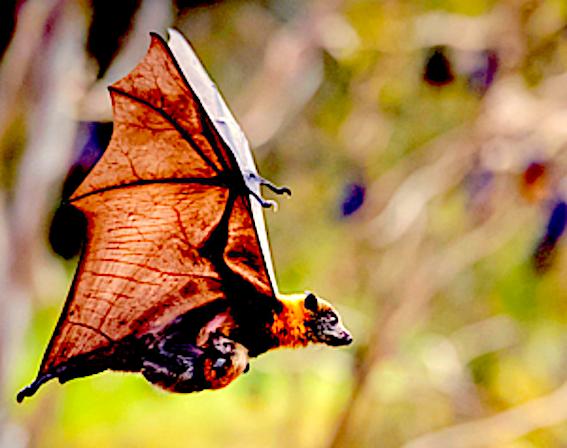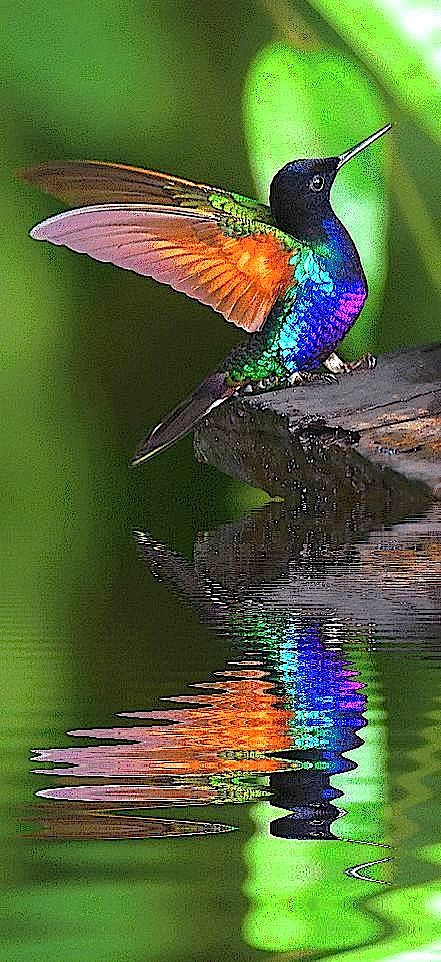15 August | RESEARCH PAPERS A | admin
VITAMIN C REDUCTION OF F. INDUCED EMBRYO-TOXICITY IN RATS
See also:
Ameliorative Effects of Quercetin on
Sodium Fluoride-Induced Oxidative
Stress in Rat’s Kidney
These finding suggest that vitamin C
significantly reduced the severity and incidence
of fluoride-induced embryo toxicity in rats.
Guinea pigs, apes, [some] fruit bats and humans share
another trait: The tendency to develop coronary heart
disease. The development of heart disease only
occurs in animals and humans that lack adequate
intake of ascorbates through dietary sources.
Please read this again…
.
![]() .
.
Jai Research Foundation,
Vapi, Valvada 396 108,
India
Oral administration of sodium fluoride (40 mg/kg body weight) from day 6 to 19 of gestation caused, as compared to control, significant reductions in body weight, feed consumption, absolute uterine weight and number of implantations. Significantly higher incidence of skeletal (wavy ribs, 14th rib, <6 sternal centre, dumbell-shaped second and fifth sternal brae, incomplete ossification of skull and thickening of tibia) and visceral (subcutaneous haemorrhage) abnormalities were also observed in NaF-treated dams than that of control.Oral administration of vitamin C (50 mg/kg bodyweight) and vitamin E (2 mg/0.2 ml olive oil/animal/day) from day 6 to 19 of gestation along with NaF significantly ameliorates NaF-induced reductions in body weight, feed consumption, absolute uterine weight (only with vitamin E treatment) and number of implantations. As compared with NaF-treated alone, the total percentage of skeletal and visceral abnormalities were significantly lowered in fluoride plus Vitamin C-treated animals. Vitamin E was less effective.
These finding suggest that vitamin C significantly reduced the severity and incidence of fluoride-induced embryo toxicity in rats.
Key Words: fluoride • vitamins • embryotoxicity • amelioration
Human & Experimental Toxicology, Vol. 20, No. 12, 619-623 (2001)
See ⇒ Fruit bats
..

Progressive Pseudogenization:
Vitamin C Synthesis & Its Loss in Bats
.
See also ⇒ BATS
.
.





